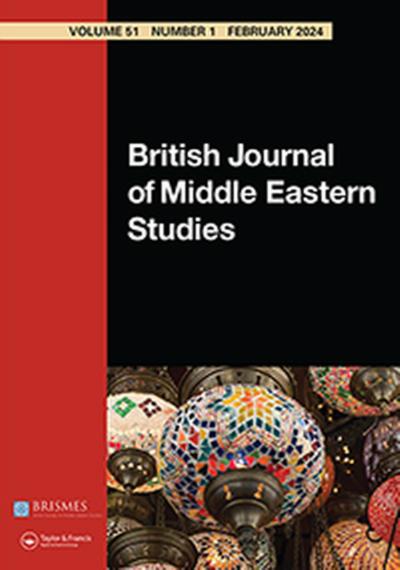Afghanistan: Current humanitarian challenges
How to cite this publication:
Arne Strand, Kristian Berg Harpviken and A.W. Najimi (2001). Afghanistan: Current humanitarian challenges. Bergen: Chr. Michelsen Institute (CMI Report R 2001:5)
More than twenty years of war and civil war and a severe drought has increased the vulnerability of the Afghan population. The warring fractions, the Taliban and the Northern Alliance, show low concern for the population and unfortunate similarities in their practise of relating to drug production and trafficking, violation of human rights and support to international terrorism. Hence, a solution to the current political stalemate and humanitarian challenges is not likely to be found in escalating support to or sanction of one of these parties. Though rather in increased contact and dialogue with the parties to the conflict and civil society groups, establishing a longer-term strategy to build civilian structures. The report provides a review of the Taliban governance structure, discusses the possible impacts of a Taliban ban on drug production and how the drought influences migration. It is pointed out that the present UN sanctions does not seem to have any significant impact on the Taliban, but are perceived as unjust by a majority of the population. United Nations, donors and humanitarian agencies are recommended to make a clear distinction between their humanitarian and political efforts. The humanitarian intervention requires a longer time horizon and more emphasis on "software" and strengthening of national capacities.


